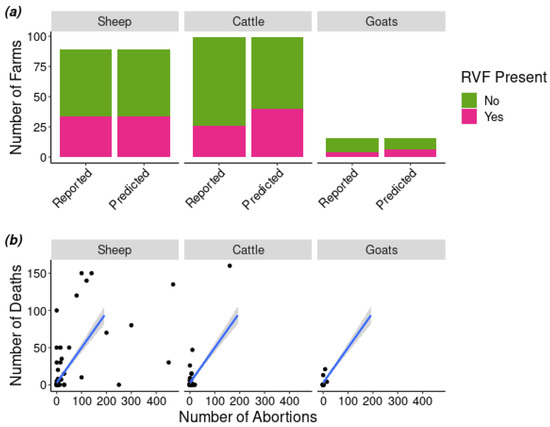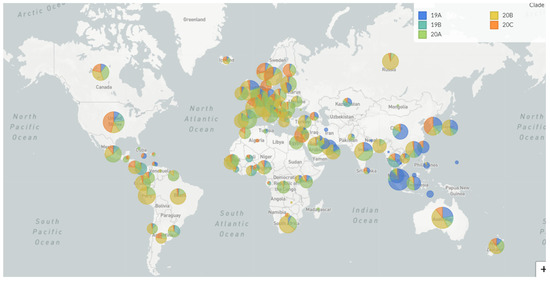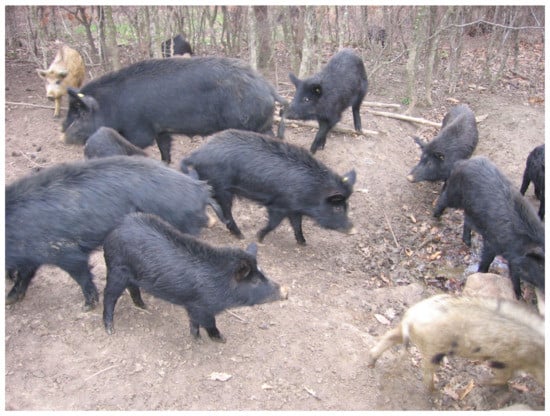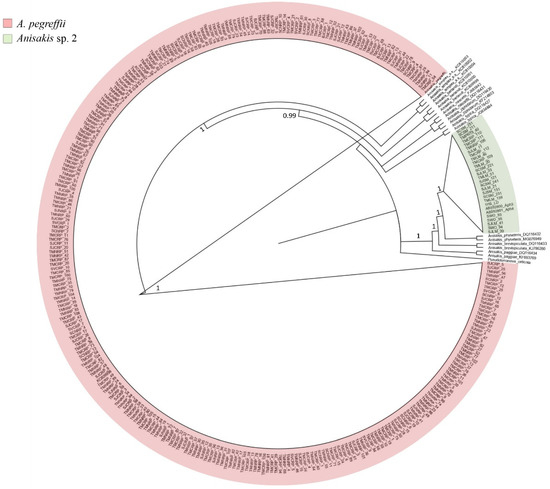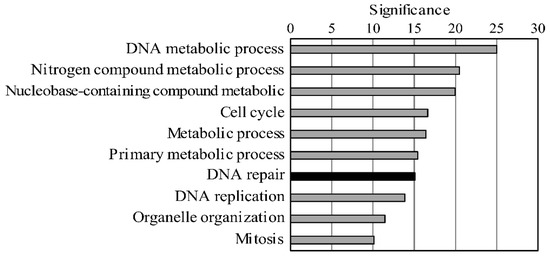Pathogens 2020, 9(11), 919; https://doi.org/10.3390/pathogens9110919 - 6 Nov 2020
Cited by 37 | Viewed by 6695
Abstract
Tilapia lake virus (TiLV) causes an emerging viral disease associated with high mortality and economic damage in tilapia farming around the world. The use of probiotics in aquaculture has been suggested as an alternative to antibiotics and drugs to reduce the negative impact
[...] Read more.
Tilapia lake virus (TiLV) causes an emerging viral disease associated with high mortality and economic damage in tilapia farming around the world. The use of probiotics in aquaculture has been suggested as an alternative to antibiotics and drugs to reduce the negative impact of bacterial and viral infections. In this study, we investigate the effect of probiotic Bacillus spp. supplementation on mortality, viral load, and expression of immune-related genes in red hybrid tilapia (Oreochromis spp.) upon TiLV infection. Fish were divided into three groups, and fed with: control diet, 0.5% probiotics-supplemented diet, and 1% probiotics-supplemented diet. After 21 days of experimental feeding, the three groups were infected with TiLV and monitored for mortality and growth performances, while organs were sampled at different time points to measure viral load and the transcription modulation of immune response markers. No significant difference was found among the groups in terms of weight gain (WG), average daily gain (ADG), feed efficiency (FE), or feed conversion ratio (FCR). A lower cumulative mortality was retrieved from fish fed 0.5% and 1% probiotics (25% and 24%, respectively), compared to the control group (32%). Moreover, fish fed with 1% probiotic diet had a significantly lower viral load, than those fed with 0.5% probiotic and control diet at 5, 6, 9, and 12 days post infection-challenge (dpc). The expression patterns of immune-related genes, including il-8 (also known as CXCL8), ifn-γ, irf-3, mx, rsad-2 (also known as VIPERIN) showed significant upregulation upon probiotic treatment during the peak of TiLV pathogenesis (between 9 and 12 dpc) and during most of the study period in fish fed with 1% probiotics-supplemented diet. Taken together, these findings indicate that dietary supplementation using Bacillus spp. probiotics may have beneficial effects to strengthen tilapia immunity and resistance against TiLV infections. Therefore, probiotic treatments may be preventively administered to reduce losses caused by this emerging viral infection in tilapia aquaculture.
Full article
(This article belongs to the Special Issue Pathogen Characterization, Host Immune Response and Development of Strategies to Reduce Losses to Disease in Aquaculture)
►
Show Figures





